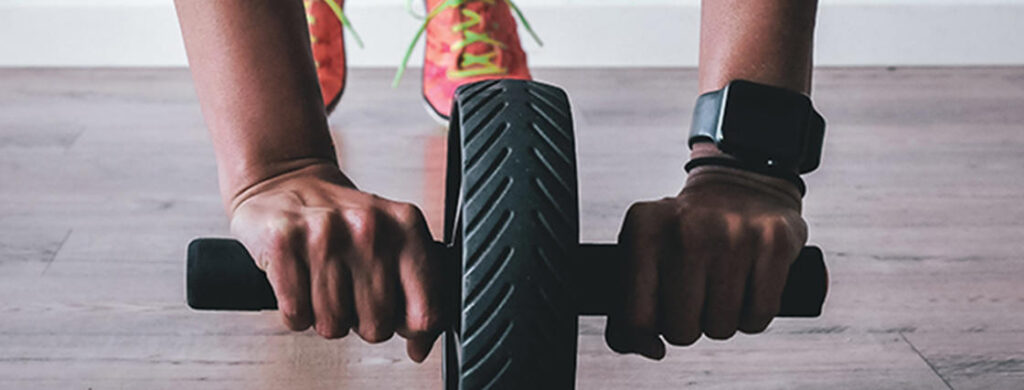The Future of Fitness Tracking and What It Can Do for Your Business review
You promised yourself you’d walk for at least 30 minutes every day, but plans got in the way. Obviously, sticking with your strategy is what is going to help you see results you seek. Some of us can make the active part of our day a priority without assistance, but in case you could use a nudge, monitoring your Fitness tracker could be a fantastic idea for you. Research on exercise motivation and adherence proves that self-monitoring your progress makes it likelier you will stick with regular workouts–and really enjoy them.
A good old pencil and paper can certainly suffice, but in an era where our devices tend to be smarter than we could have envisioned, the tracking technology available on smartphones and other devices may be exactly what you will need to stay on top of your program and keep you moving on a wholesome path. Whether it’s with a pedometer or other wearable gadget, or via a program on your phone, experts agree that it doesn’t really matter how you’re keeping track–as long as it’s useful and inspiring to you personally. You might not typically be one for lists or numbers, or even technology. Even so, there are some definite Benefits to tracking your movement with a device:

When you’re able to see, at a fast glance, just how long and in what intensity you have been active–and the way that contributed to a certain number of calories burned off or kilometers walked–you will instantly receive a feeling of how your choices are contributing to (or detracting from) your physical fitness objectives. Discovering more opportunities to proceed: When you’re monitoring, state, the number of steps you take every day, you will suddenly find that taking the stairs rather than the elevator or parking further from the grocery store entrance can add to a”tally.” You may end up seeking out such choices just to enhance your numbers.
Feeling contested: Speaking of numbers, maintaining them up–or beating them by raising the intensity or length of your action –may push you to keep going. It may even allow you to log stats you might not have ever achieved before. Many FitBit users locate keeping the device’s blossom icon at full blossom motivating, as the stem shrinks if you’re less active (a good visual reminder).
Getting encouragement: A number of devices and programs, like Runtastic, allow you to discuss your achievements with friends via sociable media–a good way to receive useful support.
From steps and heart rate to reps and total workout time, it can be simple to feel overwhelmed with all of the info you’re able to monitor, particularly with more and more data options available (think skin or sleep sweating ). While you may want a few of the advanced tracking features devices and apps provide, we recommend beginning with those which track:
The type of workout you did. Continually hard your body in various ways will allow you to see results and keep things clean, and logging what you have done (activity, reps, sets) can help you notice when it is time to shake things up.
Your fitness duration. Some days, 10 minutes on the treadmill or 15 minutes of yoga in the morning is all your program allows –and that’s OK. Tracking this over the course of the week, though, can help you see the big picture so you can fix how long (and in what ways) you’re moving, if needed.
Your calories burned. Having the ability to tally this dimension can be helpful if you’re aiming to burn a specific number every day or week. Knowing your metabolism and the way your body expends energy is the first step in understanding how many calories you would need to burn to lose weight.
Your measures required. We know a sedentary lifestyle can do more than make us gain weight; lack of movement is also linked to serious health conditions, including heart disease, diabetes, cancer and much more. Take 10,000 steps every day. Accelerometers (or like-functions on more sophisticated gadgets) offer real-time feedback to allow you to know how close you are to the advocated goal, tipping you off to whether you need to get up and proceed. Pedometers are the most basic device for monitoring steps yet still very powerful.
Your Power and mood. Exercising is not just about pounds missing; it is also about how it makes you feel, emotionally and physically, from daily. Many tech options allow you to journal or speed your frame of mind, providing you with a daily chance and reminder to check in on your own. Reviewing this alongside your activity documents can help you identify what might be affecting your motion (sleep, stress and so forth ), and how exercise impacts how you feel. Some trackers also offer you another food log, which can offer similar insights.








